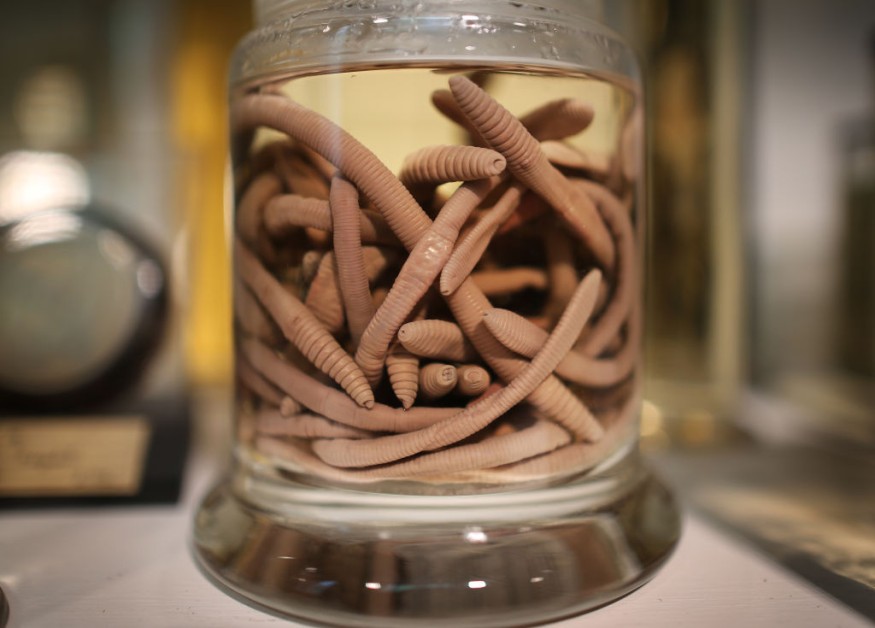
With their delicate wiring and gentle whisper of chemical signals, brains are not the simplest organs to examine.
Now that we have discovered that we can change certain important chemical systems without the host animal knowing, this study might be made a bit simpler.
Microscopic Worm "Hydra" Has Also Brain Parts
The microscopic worm Caenorhabditis elegans were genetically given elements of a nervous system obtained from a distinct species a strange freshwater organism known as Hydra a study performed by a team of US researchers.
It was like teaching a certain brain circuit a new language and discovering that it does its function just as well as before.
The worm C. elegans, like ourselves, have a complex neurological system controlled by chemical messengers called neurotransmitters. Different circuits employ diverse types of neurotransmitters, which are delivered into synapses, the tiny spaces between neurons.
These tiny gaps are where a brain conducts most of its work. Synapses are the computer circuitry of the brain's logic gates, limiting certain impulses while amplifying others and converting chemical fluctuations into something meaningful.
By fiddling with this traffic-light system using a range of medicines, genetic changes, and light-operated switches, neuroscientists can learn a lot about how the nervous system works.
Turning things on and off and observing the resulting pandemonium may reveal a lot about how a neurological system works. Much of what we know about neuroscience has come from studying the effects of a damaged brain.
In this example, the key was to use pieces from another creature to 'repair' a damaged circuit in nematodes that ran on completely different biochemical software.
Hydra are not worms in the traditional sense. With small, tentacled bodies regulated by a loosely linked spread of neurons organized in a basic, net-like structure, they are more closely related to sea anemones.
Hawk and his colleagues genetically manipulated C. elegans specimens to make them lose their capacity to feel full to test the theory. These starving worms engaged in foraging activities regardless of how much food they had ingested, providing the researchers with a distinct activity to look for in their mutants.
They produced 2 additional lines from this set of worms, one for the gene for a hydra neuropeptide and the other with the gene for the matching receptors.
The children of the two families joined the two parts of the nervous system to form a single nervous system. They had to rely on hydra neuropeptides to indicate the end of feeding time because they did not have their regular 'I'm full' brain circuit.
The successful swap is only the beginning. It is conceivable to separate the neurons that employ hydra neurotransmitters to transmit and have them communicate vast distances thanks to the way they work.
HySyn, a particular messenger and receptor combination, might be only the beginning of a huge toolkit of substitute transmitters that researchers can employ to unravel the complexities of brain circuitry.
Microscopic worms may hold the secret to regenerating damaged nerves
The capacity to reconnect neurons in the nervous system on their own after an injury may appear to be science fiction. However, it is a skill that exists just not in people. Several invertebrate species, like the tiny roundworm Caenorhabditis elegans, may re-fuse and restore the function of severed neurons.
Professor Massimo Hilliard, Dr Rosina Giordano-Santini, and Dr Casey Linton from QBI, as well as Dr Brent Neumann from Monash University, are investigating this capability in the hopes of one day being able to cure nerve ailments such as paralysis in individuals.
They have now found crucial information about how this mechanism is controlled, marking yet more steps toward transferring this capacity from worms to people.
Axons, which are long, rope-like structures, are used by neurons to communicate. Prof. Hilliard headed the research that found C. elegans' capacity to perform axonal fusion, or the reconnection of two severed axons, in 2015.
Axonal fusion requires the axon remaining connected to the cell to regenerate and then place itself near the detached axonal segment. After the two axons have rejoined, their membranes are fused together to create a cohesive whole with an outside membrane and an interior substance.
It is a procedure that has the potential to help patients with nerve damage, which can leave them unable for the rest of their lives.
© 2025 NatureWorldNews.com All rights reserved. Do not reproduce without permission.





